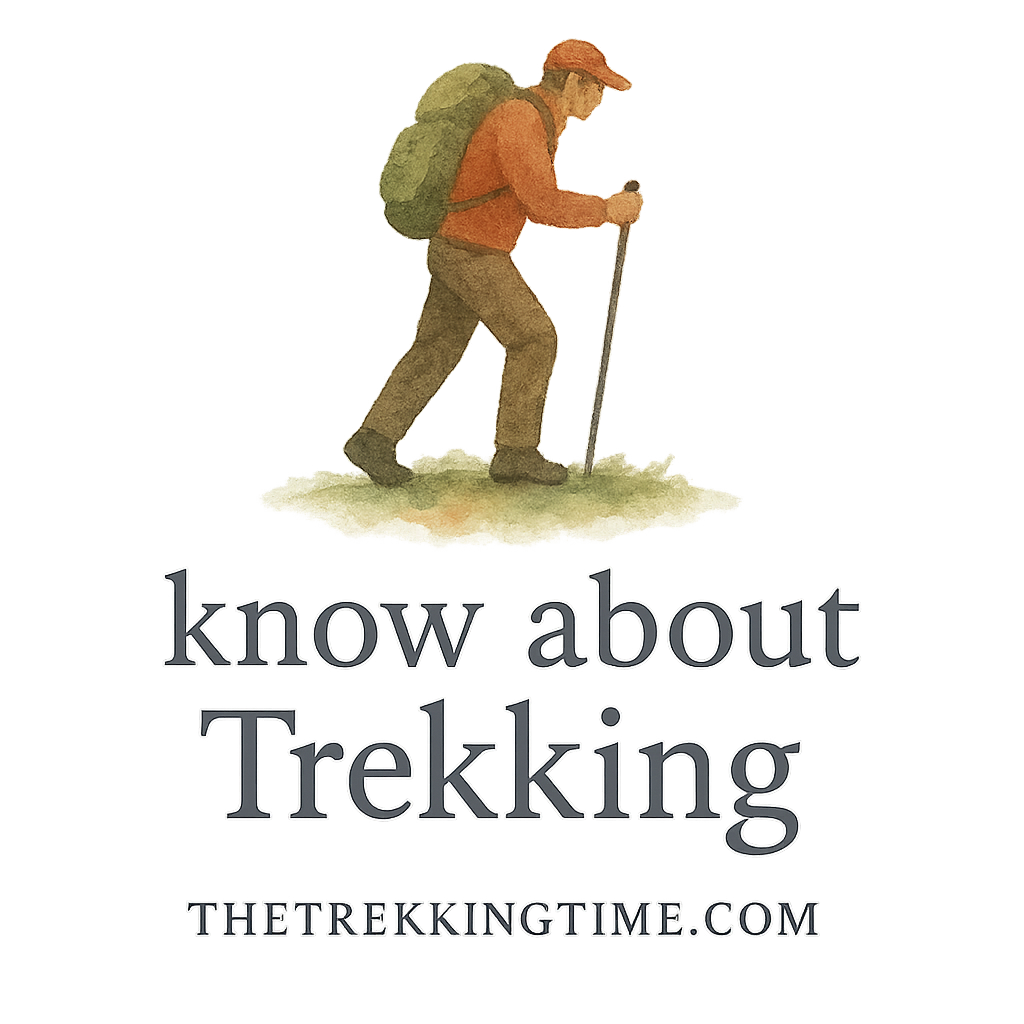Introduction
There’s something magical about night trekking—the stars overhead, the cool air, and the quiet solitude of the wilderness after dark. But with that beauty comes unique challenges. If you’re planning to venture into the wild after sunset, being prepared is non-negotiable. In this guide, we’re breaking down 9 night trekking tips for safe and exciting adventures to help you enjoy every step and starry view with confidence.
Whether you’re a seasoned hiker or a beginner learning the ropes, this article will set you up for a safe, thrilling, and memorable trek. Ready to discover what gear, techniques, and mindset you’ll need under the moonlight? Let’s get into it.
1. Choose the Right Trail
Consider Your Fitness and Experience
Not all trails are created equal—especially at night. Choose a route that matches your current fitness level. If you’re just starting out, a short, well-marked path is your best bet. For more seasoned trekkers, a moderate night trail in the mountains or forest might offer the right balance of thrill and challenge.
Tip: Visit Trekking Basics for beginner-friendly trail insights.
Research Trail Difficulty and Terrain
Night vision is limited, so it’s crucial to know what you’re walking into—literally. Rocky, slippery, or uneven terrains can be hazardous. Always check trail reviews, maps, and difficulty ratings before committing.
Look for Official Trail Info
Stick to designated trekking routes. Many official parks and reserves offer night hike permissions with rangers or guided tours. These are safer and usually come with good signage and emergency protocols.
2. Master Your Gear Essentials
Invest in Quality Headlamps
Your headlamp is your lifeline. Choose one with at least 200 lumens and adjustable settings. A red-light mode helps preserve night vision, and waterproof models offer more flexibility.
Browse through our Trekking Gear & Packing guide to make sure you’re covered.
Pack Extra Batteries and Backup Lights
Murphy’s Law loves the night—always carry extra batteries and a backup flashlight. Better to have it and not need it than the other way around.
Don’t Overload – Smart Packing Tips
Pack only what’s necessary. Heavy loads can slow you down and increase the risk of accidents. Organize your bag for quick access in the dark.
3. Dress for the Darkness
Layer Up with Breathable Fabrics
Evenings can get cold fast. Use moisture-wicking base layers, a fleece mid-layer, and a weather-resistant shell. This combo keeps you warm without overheating.
Reflective and Glow-in-the-Dark Gear
Add reflective patches, glow sticks, or small LED strips to your backpack and clothing. It’s a simple way to boost visibility for others on the trail.

4. Know the Weather Forecast
Why Weather is More Critical at Night
Night treks magnify the dangers of sudden weather shifts. Hypothermia, poor visibility, and slippery trails become real risks. Knowing what to expect helps you prepare better.
Apps and Tools to Stay Informed
Install apps like AccuWeather, Windy, or Gaia GPS. They’re not just handy—they could literally save your life.
5. Navigation is Everything
Bring a Map, Compass, or GPS
Don’t rely solely on your phone. While GPS apps are great, batteries can die. A physical map and compass are still king when it comes to safety.
Mark Key Points Before You Start
Know your exit routes, rest stops, and water sources. Familiarize yourself with landmarks in daylight before venturing out in the dark.
6. Stay Visible and Communicative
Use Safety Lights or Reflective Tape
Attach small LED lights to your pack or hat. Reflective tape is also a budget-friendly option that adds an extra layer of security.
Check out our complete guide to Trekking Safety Tips for more advice.
Let Someone Know Your Route
Always tell a friend or family member your trekking plan, expected return time, and emergency contact. It’s a habit that could make all the difference.
7. Trek in a Group When Possible
Safety in Numbers
There’s power in a pack. Groups deter wildlife, reduce accident risks, and allow for better problem-solving if something goes wrong.
Explore more about trekking habits that boost group success.
Group Communication Techniques
Agree on signals or call-outs for communication in the dark. Walk in a line, keep the pace moderate, and always do head counts at rest points.
8. Keep Your Energy Up
Snack Smart at Night
Bring high-energy, non-perishable snacks like trail mix, jerky, or energy bars. Eating regularly keeps your metabolism up and body temperature stable.
Stay Hydrated Without Overdoing It
Night treks don’t make you sweat as much, but dehydration is still a risk. Sip water steadily—don’t chug and cramp.
9. Be Aware of Wildlife and Safety Protocols
Understanding Nocturnal Creatures
Many animals are more active at night. Make noise as you walk to avoid surprising them. Store food securely and avoid strong scents.
Emergency Safety Tips
Know basic first aid, carry a whistle, and familiarize yourself with the signs of hypothermia and exhaustion. For more details, visit Trekking Fitness Prep.
Conclusion
Night trekking is a whole different world—a little spooky, totally exhilarating, and packed with unforgettable moments. By following these 9 essential tips, you’ll stay safe, maximize your experience, and return home with stories worth telling.
Whether you’re looking to level up your skills or explore new trekking destinations, nighttime hikes offer a new perspective on the trail.
Need more help preparing? Visit The Trekking Time for deeper dives into fitness, gear, etiquette, and more.
FAQs
1. Is night trekking dangerous?
It can be if you’re unprepared. With the right planning, gear, and awareness, it’s perfectly safe and incredibly rewarding.
2. What should I eat before a night trek?
Opt for high-carb meals with some protein. Oats, bananas, and nuts work well for sustained energy.
3. Can I trek alone at night?
You can, but it’s riskier. Always inform someone of your route and stick to well-marked trails if you’re going solo.
4. How do I deal with fear of the dark while trekking?
Start small. Bring a bright headlamp, trek with friends, and focus on your surroundings. Fear fades with familiarity.
5. Are there specific shoes for night trekking?
Trail running shoes or trekking boots with good grip and ankle support are best. Comfort and traction matter most.
6. What’s the best time to start a night trek?
About 30–60 minutes before sunset. This gives your eyes time to adjust to the dark gradually.
7. How do I prepare mentally for night trekking?
Confidence comes from preparation. Study your route, pack smart, and visualize success. Trust your skills and training.


